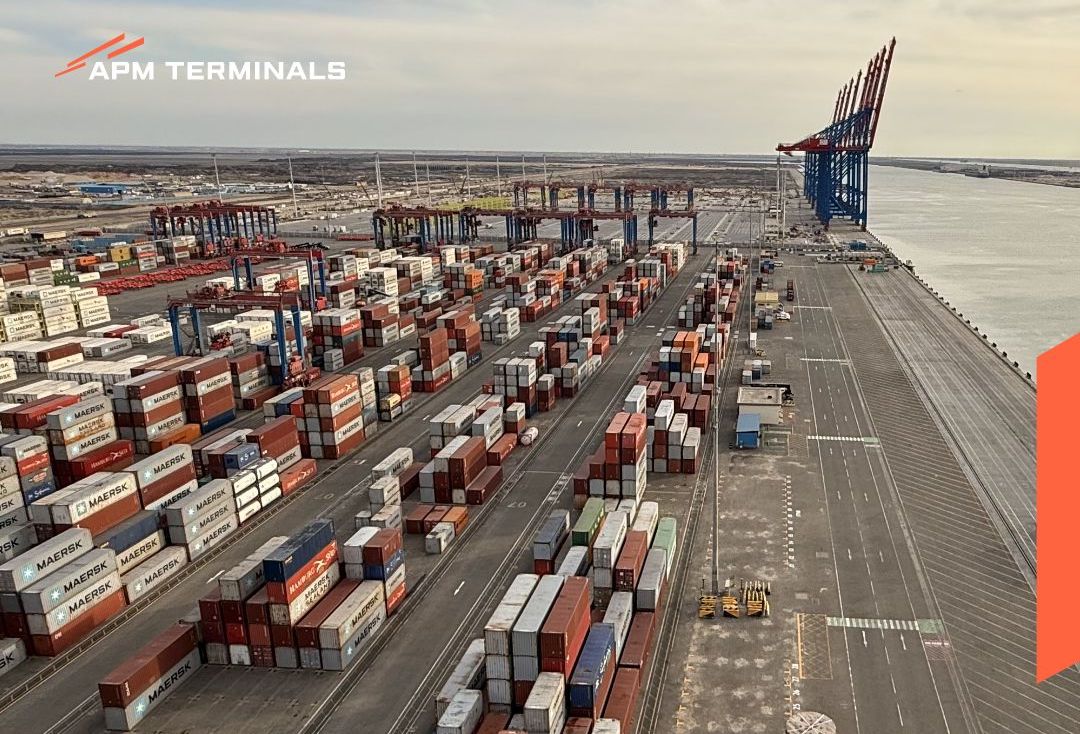A cargo ship is anchored outside the Port of Long Beach, California December 4, 2012. REUTERS/Mario Anzuon
By Dan Whitcomb and Steve Gorman
LOS ANGELES (Reuters) – The largest U.S. cargo shipping complex resumed full operations on Wednesday after harbor clerks and management settled an eight-day strike that left two Southern California ports mostly idle, sapping the region’s economy of an estimated $8 billion.
The strike at the ports of Los Angeles and Long Beach ended when clerks in the International Longshore andWarehouse Workers Local 63 reached a tentative contract deal with a group of shippers and terminal operators late Tuesday. Los Angeles Mayor Antonio Villaraigosa, a onetime labor activist, had joined in to prod the two sides into an agreement.
All terminals were open on Wednesday and workers were back on the job, said officials from the two ports. Union officials had said earlier the hundreds of clerical employees who walked off the job on November 26, and the thousands of longshoremen who had refused to cross their picket lines, would return to work first thing Wednesday.
The settlement was reached not long after federal mediators, called upon to join negotiations at the mayor’s behest, showed up on Tuesday at the waterfront community center where talks were being held. Villaraigosa announced the agreement.
“Today, the ILWU voted to approve the contract,” Villaraigosa said, standing with smiling members of both negotiating teams.
Union officials said they expected members, who have been without a contract for more than two years, to ratify the new contract.
Details of the pact were not immediately made public. But the mayor and ILWU representatives said the two sides had come to terms on the union’s chief concern – control over outsourcing, or the transfer of jobs to workers elsewhere for less pay.
What direct role, if any, the mediators played in clinching the deal was unclear. But Villaraigosa said a key breakthrough came when the union, which had resisted outside intervention, joined management on Tuesday morning in consenting to mediation as a way of spurring the stalled talks.
At that point, Villaraigosa told Reuters, “The employers said, ‘Why don’t we just do this today,'” which led to the final round of negotiations and a deal.
The union earlier credited the mayor with helping the parties narrow their differences during a marathon bargaining session the night before.
COSTLY STRIKE
The strike cost Southern California, a region still struggling to recover from a prolonged economic slump, an estimated $1 billion a day, including lost wages and the value of cargo rerouted to other ports, the mayor said.
The National Retail Federation, which had warned that a prolonged strike could have a “devastating impact on the U.S. economy,” welcomed the settlement and the reopening of the ports.
The shutdown marked the worst cargo traffic disruption at Los Angeles and Long Beach – which together account for nearly 40 percent of all U.S. container imports – since a 10-day lockout of longshoremen at several West Coast ports in 2002.
The latest dispute forced a shutdown at 10 of the twin ports’ 14 container terminals, as some 10,000 longshoremen and other union workers honored the picket lines of the 800-member ILWU clerical workers unit.
Four other container terminals remained open, along with facilities for handling shipments of automobiles, liquid fuels and break-bulk cargo such as raw steel.
Still, at least 18 freighters bound for Los Angles and Long Beach during the strike changed course to take their cargo to ports in Northern California, Mexico and Panama, according to the non-profit Maritime Exchange of Southern California. The diverted cargo heightened concerns about the region losing business to competing ports.
Many other cargo-laden vessels were forced to line up for days at offshore anchorages, waiting to unload their containers.
The chief stumbling block throughout contract negotiations was disagreement over future staffing levels and continued union classification of jobs lost to retirement or attrition.
Under the agreement, Villaraigosa told Reuters: “The employers are not going to outsource.”
Union spokesman Craig Merrilees said: “Really, it was getting control on the outsourcing … ensuring that the jobs are here today, tomorrow and for the future.”
Stephen Berry, chief negotiator for the Harbor Employers Association, representing shippers and terminal operators at the talks, hailed the settlement as “the end of a very long journey. We’re delighted with the terms. We’ll be operating again and the cargo will be flowing.”
During the dispute, the employers had accused union negotiators of seeking to “featherbed” the ranks of clerical workers with more jobs than were necessary.
Unlike the labor clash at West Coast ports a decade ago, which took place in the fall, the latest dispute unfolded after the busy pre-holiday shipping season, limiting the scope of its ripple effect.
Many major U.S. retailers said they were largely spared any pain from the labor clash because most of their Christmas inventory had already made it to store shelves.
The ports of Los Angeles and Long Beach together handled more than $400 billion in goods arriving or leaving the West Coast by ship last year. Experts say the ports directly or indirectly support 1.2 millionSouthern California jobs – workers involved in moving freight to or from the shipping complex.
(Reporting by Dan Whitcomb and Alex Dobuzinskis,; Writing and additional reporting by Steve Gorman; Editing by Patrick Graham, Janet Lawrence and Jackie Frank)
© 2012 Thomson Reuters.

 Join The Club
Join The Club











